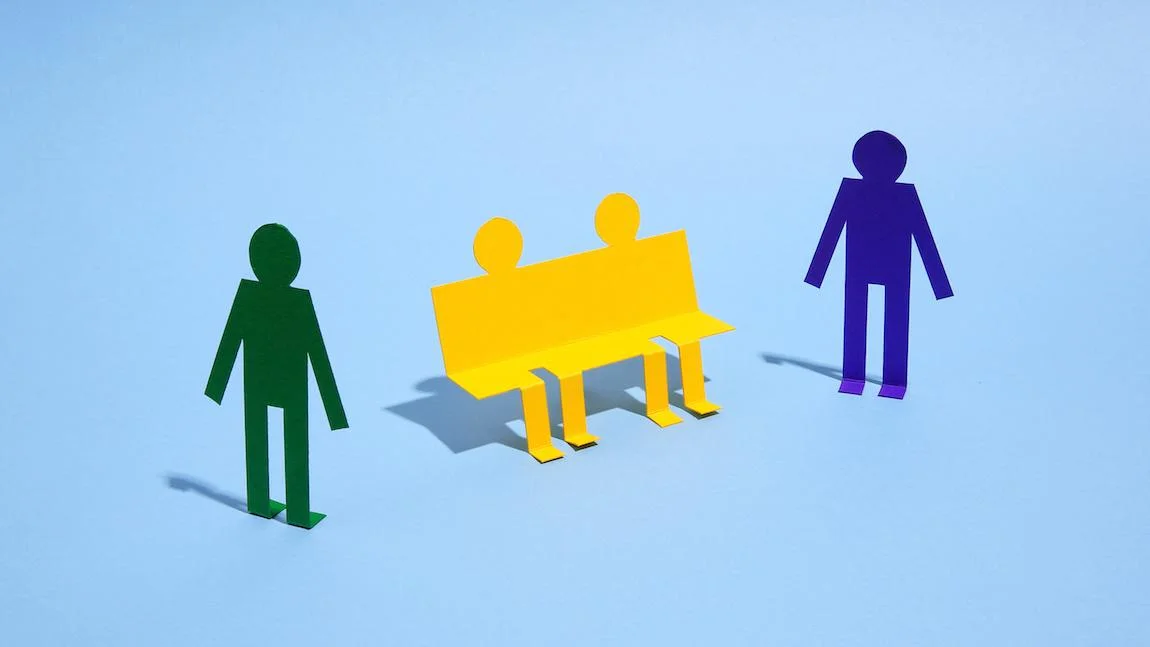All in Ideas and Opinions
“In California, homicides of juveniles dropped 83 percent—from 382 in 1995 to 63 in 2017, the latest state data show. Youth arrests for violent felonies in the state dropped 68 percent—from 22,601 in 1994 to 7,291 in 2017.” But while crime has fallen, spending on crime has not.
When the youth crime rate started to drop in the late 1990s, it wasn’t a surprise to law enforcement experts. Crime is cyclical, with spikes and declines spurred by social, political and economic conditions.
But no one expected the large decrease in juvenile crime to linger, or to continue to dip for the next 20 years across a range of offenses — from violent assaults and homicides to minor theft and truancy — with no indication that the trend will be reversed.
I know Superior Court judges care for the children who come before them, but good intentions cannot redeem a broken and racist system.
Historical trauma in different communities plays a role and has a potentially major impact on how we parent, culturally and inter-generationally. For better or worse, we are generally raised the way our parents, and their parents’ parents were raised. Although anomalies exist, it’s difficult to break the trauma cycle, let alone become conscious of it.
As Black History Month unfolds this month and schools ramp up teaching about the subject, there’s still plenty of disagreement across the state and nation about how best to teach the subject. Should African-American history lessons focus on the struggles such as slavery and the civil rights movement but not also give greater attention to the accomplishments of African Americans?
Attempts to reform the way criminals are sentenced and how much time they spend behind bars have made little headway in the Florida legislature in recent years.
But following the passage of federal criminal justice reform in December, it seems state legislators from both parties may be ready to take a new look at reforming the state’s prison system.
The teenage detainees at the Juvenile Justice Center in Fresno don’t have a lot of choices – certainly not about what time they wake up to begin their day with stretches and push-ups, nor how long they can linger over breakfast before they go to classes, nor, on weekends, whether they clean up their cells.
But once a month, 10 of them choose to discuss literature.
National research shows that nearly half of the youth in the juvenile justice system are performing below grade level in reading and math, many are marginally literate or illiterate, and most have a history of significant truancy and grade retention. About two out of three students drop out after exiting the juvenile justice system.
Here are several strategies that can make a difference.
Under a 2015 amendment to Utah’s juvenile-offender laws, shackles for minors were restricted only to those judged a flight risk or who might harm others. A subsequent rule enacted by the Utah Judicial Council, allowed a judge to decide on a case-by-case basis whether a youth should be shackled to be restrained in court.
Yet that judicial rule has an exception for “exigent circumstances.” And in Manti, court officials say the outdated Sanpete County Courthouse presents security issues that require them to routinely shackle youths.
The kid who kicked the classroom trash can is still stuck in juvenile courts three years later — and that bugs the former prosecutor who handled his case.
Statistics don’t quite capture the extent of U.S. poverty. A new measure could change that.
PATERSON — Local education advocates say the Paterson district should consider increasing its counseling staff and cutting the number of police officers and security guards in schools.
Two state statutes in Idaho govern the process of transferring youths from juvenile to adult court. Those laws are Idaho codes 20-508 and 20-509. The latter, 20-509, lists nine offenses, and states if any juvenile 14 or older commits any of those nine crimes, they are automatically tried as an adult.
In the early 2000s, when there were just two psychiatrists serving over 12 million people, Zimbabwe had to get creative to treat depression. Now, one bright idea — the Friendship Bench — is spreading far and wide.
King County, while building a new juvenile detention center, is also officially striving toward zero youth detention. It's exasperating some — but not all — of the critics who want to see the government hit that goal.
What is restorative justice? A practitioner explains how it works.
As Gov. Jerry Brown decides whether to sign SB 1391, juvenile justice advocates want to eliminate adult prosecution for 14- and 15-year-olds against opponents’ fears of irredeemable criminals going free too soon.
Over the last few weeks men and women across the United States – and even as far away as Nova Scotia, Canada – have protested to demand humane treatment for the incarcerated.
In 2016, when prisoners engaged in similar hunger strikes, sit-ins, and work stoppages, their actions barely registered with the national media. As someone who regularly writes about the history of prisoner protests and prison conditions today, this lack of interest was striking.
Of particular concern to some on the right is the term “systemic racism,” often wrongly interpreted as an accusation that everyone in the system is racist. In fact, systemic racism means almost the opposite. It means that we have systems and institutions that produce racially disparate outcomes, regardless of the intentions of the people who work within them.
Super-predator or statesman?




















